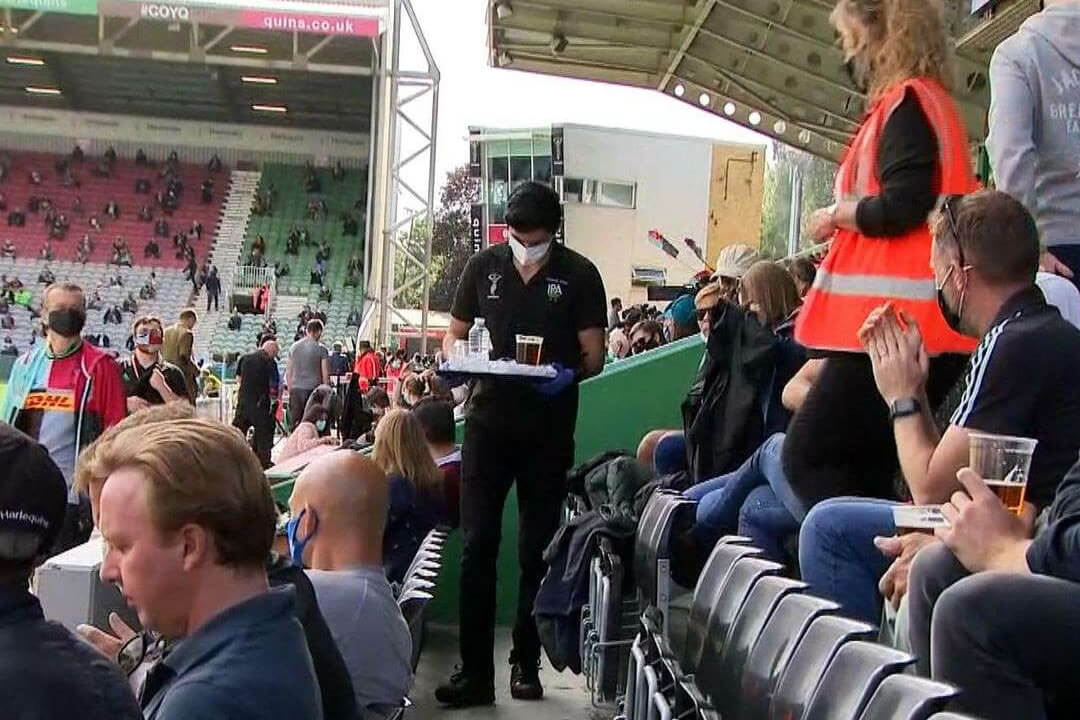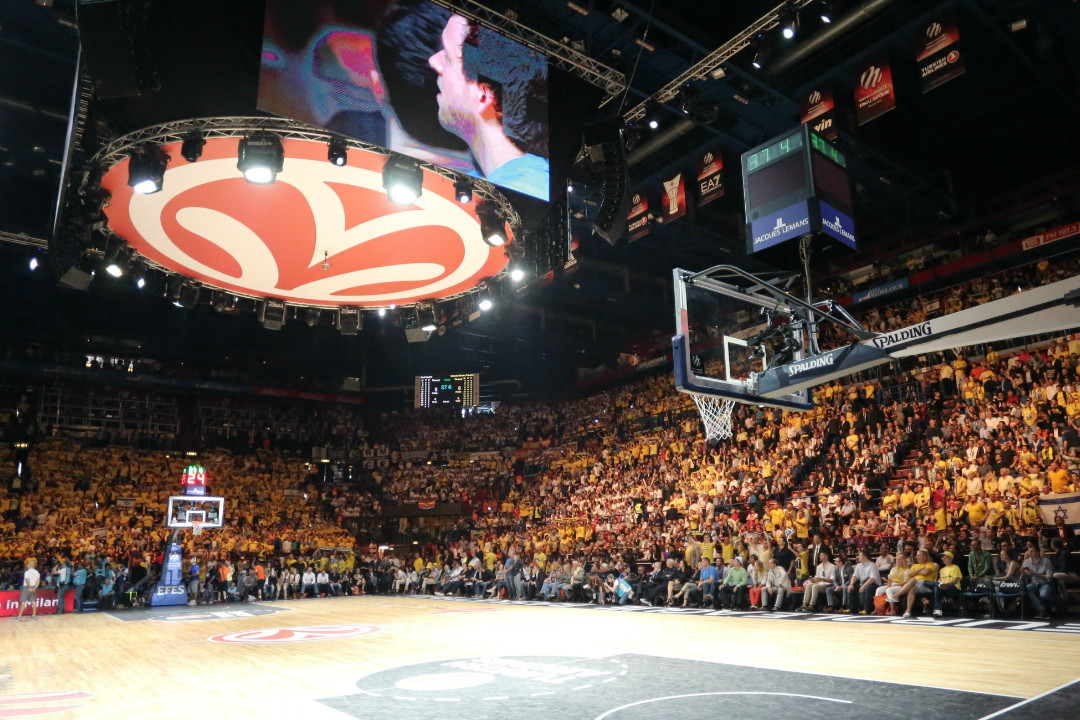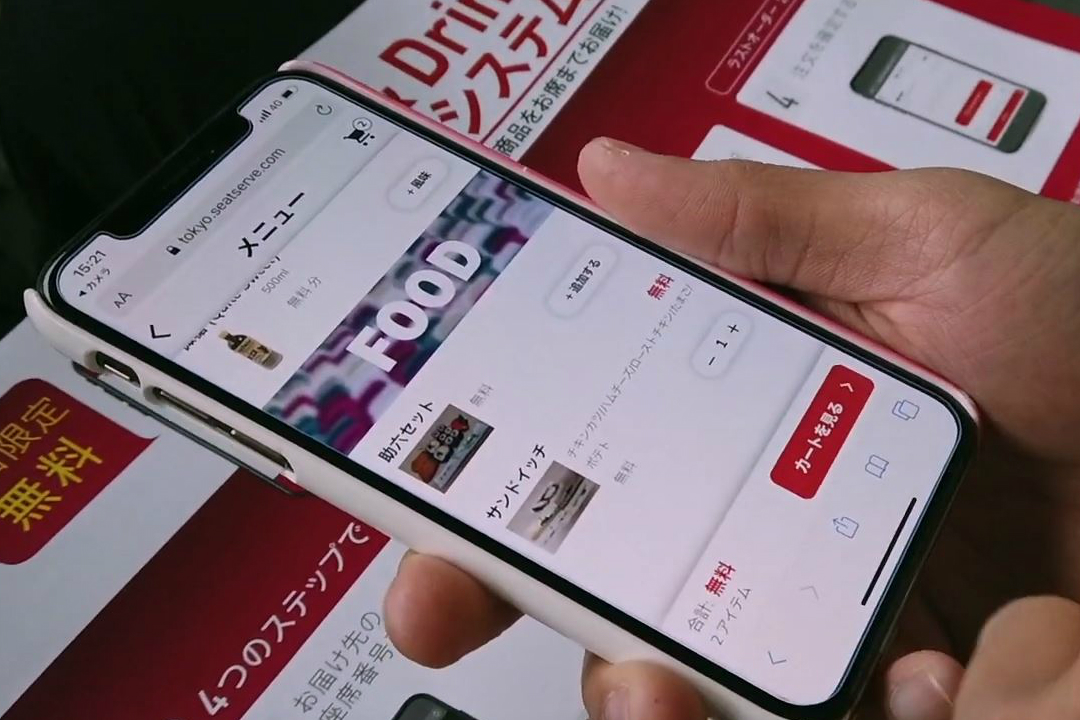When SEATSERVE first launched in 2014, most sports venues were only just beginning to explore the various ways that technology could be used to enhance the fan experience. Nowadays, fan apps are a must-have for all major clubs, mobile ticketing is often preferred over paper tickets, and GPS technology is increasingly being used to help fans to find their seats.
Food and beverage – the third most important element of the live experience for fans in the US and UK – has been improved too, with automation playing an ever-increasing role in point-of-sale solutions and order fulfillment. At Premier League football club Tottenham Hotspur’s newly built stadium, for example, servers can leave beer cups to automatically fill without having to watch over them. Once the cup is full, the machine stops dispensing. Yet, while this is a great way to shave valuable seconds off of wait times, it isn’t really what fans are asking for.
Oracle’s Stadium of the Future study, based on data provided by more than 2,000 sports fans from the U.S., UK, Germany, Australia and Canada, found that close to 30% of fans believe that in-seat delivery is the most important way to improve the food and beverage experience, ahead of shorter transaction times. Three in every four fans said that having food and drinks delivered to their seat would improve the fan experience.
The technology is already there to give fans the food and beverage experience they want
Companies like DoorDash and Uber Eats have already provided the perfect example of how in-seat delivery can and does work, and on a much larger scale. The customer opens a smartphone app, selects a restaurant, selects their order, pays, and waits for their food to arrive. The order is then sent to the restaurant to prepare and the platform selects an appropriate driver to collect and deliver it to the customer’s location.
According to the GSM Association, some 5.1 billion people, or 67% of the global population, are subscribed to mobile services. With telecommunication carriers offering plans with increasingly large amounts of mobile data at increasingly cheaper prices, most people are able to access these delivery services no matter where they are.
Likewise, consumers now have access to mobile payment solutions like Apple Pay and Google Pay, allowing them to pay for goods without having to enter payment information. Innovations like this are increasingly shortening the time it takes to get from that initial desire to make a purchase to delivery.
The ease of use that these platforms provide has seen the market boom in recent years. In 2016, McKinsey estimated that online orders made up approximately a third of the total food delivery market. By 2020, it predicts that online will account for closer to two thirds of all food orders.
SEATSERVE: Food delivery designed for the stadium
It is only so long before consumers demand the same convenience in sports stadiums. All of the technologies needed to enable in-seat food delivery at sports stadiums are there, and apps and platforms like those above have shown not only that technology can handle the logistics of it, but also that such tools aren’t just a novelty.
However, traditional food delivery apps aren’t designed to solve the unique logistical challenges that stadium concessionaires face.
Notably, these platforms only allow orders to be made from one restaurant at a time – you can’t order fries from McDonald’s, a burrito from Chipotle and a ShakeShack shake in one order. Yet, in stadiums, this is the functionality that fans ultimately want. There isn’t time to get a hotdog from one vendor and a beer from another, while squeezing in a trip to the merchandise stand. At least least not without missing part of the game. SEATSERVE solves this by allowing fans to order from multiple vendors with one transaction.
The SEATSERVE platform is specifically designed to offer a food delivery service fit for stadiums. While customers are happy to wait upwards of 30 minutes for food to be delivered to their door, for hungry sports fans, that simply isn’t good enough. SEATSERVE uses load-balancing algorithms to spread orders appropriately across the numerous points of fulfilment (POF) dotted around the stadium. Coupled with its real-time tracking functions, which allow concessions managers to keep track of orders, and TimeSlot feature, which allows fans to predetermine a specific time to receive their order, SEATSERVE’s platform helps to ensure that fans get their order when they want it.
Most would now choose to order an Uber over hailing a cab, or turn to GrubHub instead of ringing up their local takeaway. Technology is making everything simpler and less time-consuming, and sports stadiums need to take note.
With SEATSERVE, fans can open an app, select their order, pay for it, and have it arrive at their seat in minutes, without having to miss a moment of the action. The platform pairs the customer with a runner through wrist phones loaded with SEATSERVE’s order fulfillment software, they collect the order on the customer’s behalf and ensure that it arrives at their seat.
Fans leave with full bellies, and vendors leave with full pockets. Now is the time for in-seat delivery, and SEATSERVE has the solution.
Image by Hubert Figuière (CC BY-SA 2.0)


